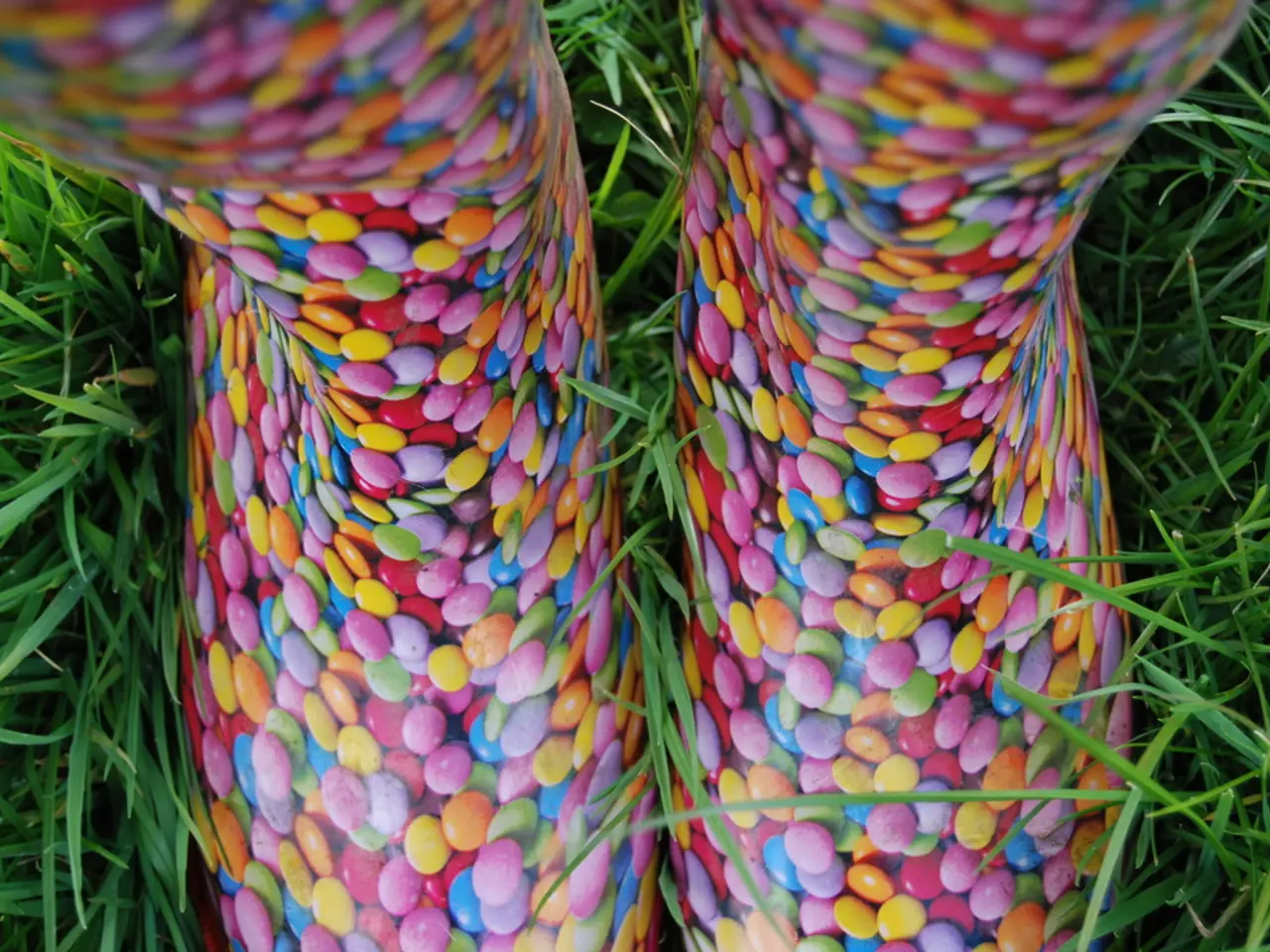Information on Chalcedony: Value, Pricing, and Jewelry Use
Chalcedony, a member of the quartz family, offers a captivating array of gemstones, each with its unique characteristics. From the earthy tones of Jasper to the delicate banding of Agate, these varieties showcase a stunning diversity that has captivated gem enthusiasts for centuries.
Jasper: Earthy Tones and Patterned Beauty
Jasper, an opaque variety of chalcedony, is renowned for its rich, earthy colours and intricate patterns. Ranging from reds, yellows, greens, to multicoloured forms, Jasper displays a heavy pattern diversity that often earns it names based on its colour, pattern, or origin. For instance, Zebra Jasper features striking stripes, while Leopard Jasper showcases intricate spots, and Picture Jaspers like Owyhee Jasper boast scenic imagery.
Agate: Translucent Layers of Colour
Agate, a translucent to semi-translucent variety of chalcedony, is distinguished by its distinctive banding of successive layers that differ in colour or value. Agate exhibits a remarkable variety of hues and patterns, including blue lace agate with delicate blue tones, fire agate with warm fiery colours, and moss agate with green foliage-like inclusions. Agate is prized for its beauty and symbolic meanings and is a popular choice for jewellery.
Bloodstone: The Gemstone with a Historical Significance
Bloodstone, also known as heliotrope, is a dark green chalcedony with characteristic red or brown spots that resemble drops of blood. This variety is opaque and commonly cut into polished cabochons for jewellery. Bloodstone derives its name from these blood-like inclusions and has historical significance in various cultures.
Onyx: Parallel Lines of Black and White
Onyx is a variety of banded chalcedony where the bands are parallel, often black and white, or in the case of sardonyx, brown and white layers. It is usually opaque and used for carvings and jewellery.
Carnelian: Warm Hues and Ancient Origins
Carnelian is typically a reddish to orange variety of chalcedony, semi-translucent, valued for its warm hues and used since antiquity for jewellery and seals.
Other microcrystalline quartz-related varieties linked to chalcedony include Chert, generally opaque and dense with many forms such as radiolarite or novaculite, often forming in sedimentary environments, but less commonly used as gemstones.
Each variety's unique characteristics arise from differences in impurities, banding, and microstructure that influence colour, transparency, and patterns. Chalcedony itself is a cryptocrystalline (very fine fibrous crystal) quartz, providing a wide palette for variety customisation and identification.
In summary, the different varieties of chalcedony primarily include jasper, agate, bloodstone, onyx, and carnelian, each with unique characteristics based on colour, pattern, and transparency. These varieties represent chalcedony's broad diversity, prized in gemology and jewellery for their distinct, beautiful characteristics.
- Jasper, a popular choice for jewelry enthusiasts, is known for its earthy tones and intricate patterns, with variations such as Zebra Jasper and Picture Jaspers boasting unique patterns.
- Agate, appreciated for its beauty and symbolic meanings, is a translucent variety of chalcedony characterized by its banding of successive layers with diverse hues and patterns.
- Bloodstone, also known as heliotrope, is an opaque chalcedony variety featuring red or brown spots, giving it a historical significance in various cultures and used for making unique polished cabochons.
- Onyx, a variety of banded chalcedony, is often used for carvings and jewelry, with black and white or brown and white layers creating parallel bands, such as in the case of sardonyx.
- Carnelian, a semi-translucent variety of chalcedony, is valued for its warm hues, starting from reddish to orange, and has been used since antiquity in both jewelry and seals.




